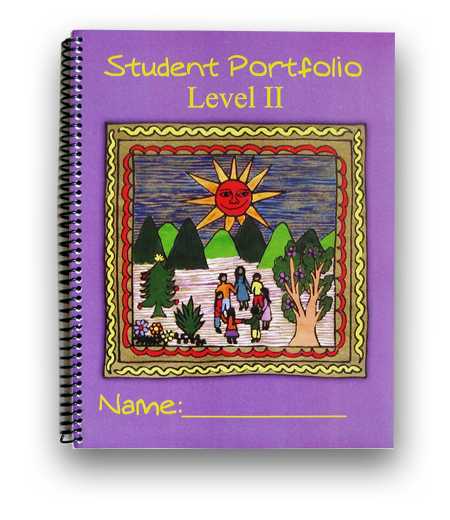
If you’re an elementary or middle school Spanish teacher, you know that consistent practice is the key to fluency. But what’s the best way to reinforce lessons and build confidence in reading, writing, and speaking? Spanish workbooks offer a structured, engaging, and effective way to master the language at any level.
The right workbook can make all the difference for teachers who are looking for a reliable classroom resource,. In this guide, we’ll explore why Spanish workbooks are essential for language learning, how to use them effectively, and what makes Sonrisas Spanish workbooks a standout choice.
Workbooks play a pivotal role in language acquisition for several reasons:
When selecting a workbook, consider the following factors:
To maximize the benefits of a Spanish workbook:
For educators, workbooks serve as valuable tools to structure lessons, provide homework assignments, and assess student progress. They offer a tangible resource that complements interactive and immersive teaching methods. At Sonrisas Spanish, we emphasize the importance of engaging students through diverse activities, and workbooks are integral to this approach.

Each workbook is filled with age-appropriate activities that encourage interaction and critical thinking. Students get independent practice with the performance targets for each lessons. Rather than relying on rote memorization, students engage with Spanish in meaningful ways, including:
The Sonrisas Spanish workbooks include student assessment pages. These are the summative assessments for each lesson or unit. Performance targets are phrased as “I can” statements. This enables teachers to assess what students can do with the language.
In Sonrisas Level II, students begin to interact in the three modes of communication during Partner Time activities. The Level II Student Portfolio includes these activities. Older students are developmentally ready to work in a more social, peer-to-peer mode. Partner Time activities develop student’s Spanish proficiency.
Every Sonrisas workbook includes Home Reports. These can be sent home to parents, so they can see what their child is learning in Spanish class. The Home Reports include a “Home Enrichment” section which gives parents suggestions of things they can do to continue their child’s Spanish learning in the home environment.
One of the most effective ways to develop language proficiency is by incorporating cultural context. Our Level III workbooks include activities that introduce students to Spanish-speaking cultures, providing a deeper understanding of the language while fostering cultural awareness. The Level III workbooks also include whole group reading activities which strengthen comprehension and reading skills.
Our workbooks align with ACTFL (American Council on the Teaching of Foreign Languages) proficiency guidelines, ensuring that students develop the communication skills necessary for long-term success in Spanish.
Spanish workbooks are an essential tool for building fluency, reinforcing key concepts, and making language learning engaging. But not all workbooks are created equal. Sonrisas Spanish workbooks stand out because they combine structured practice, interactive activities, cultural connections, and assessment—all designed to support both teachers and students.
If you’re looking for classroom resources, our workbooks provide a comprehensive, standards-aligned approach that keeps learners engaged and progressing. With Sonrisas Spanish, students don’t just memorize words—they develop the confidence to use Spanish in real-world situations.
Ready to enhance your Spanish learning experience? Explore our workbooks today and see the difference for yourself.

